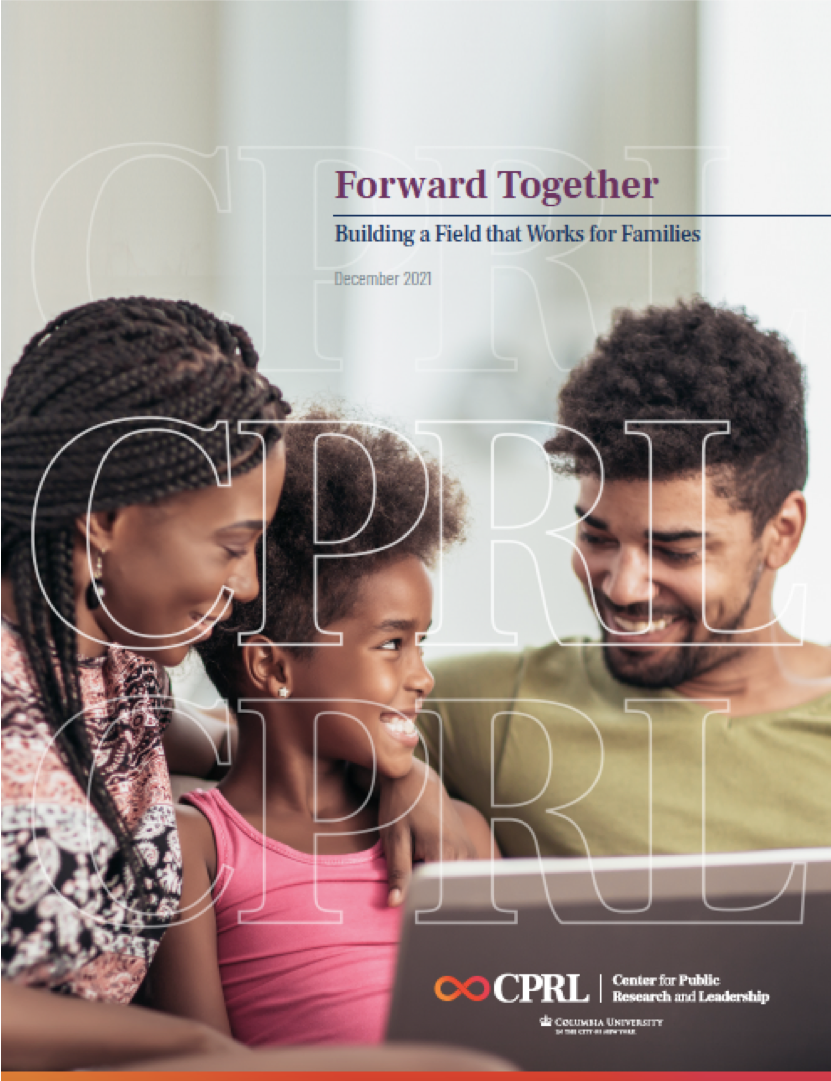To achieve equity at scale, learning leaders ensure promising, well-vetted knowledge is spread within and beyond their own boundaries.
Since 2011, we have produced hundreds of publications and tools based on our research and partnership with education sector leaders across the country. On this page, find our most recent work, organized around the levers for change on which we center our work. Our Evolutionary Learning approach cuts across all of these projects.
The Learning Hive: Leading Collective Innovation to Transform Education Systems
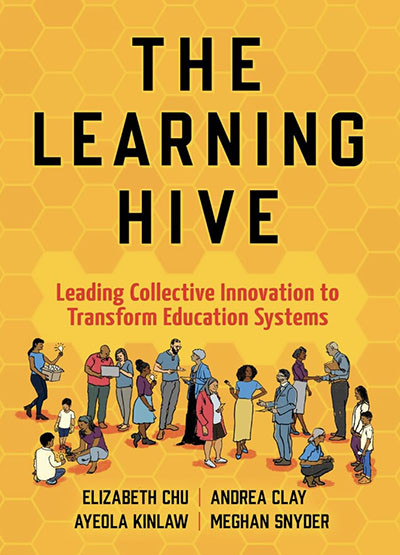
Why do different public institutions using the same strategies get wildly different results? The answers lie in how systems work, not just what they are doing. It’s about leadership, system design, and implementation, not just policies and rules.
The Learning Hive: Leading Collective Innovation to Transform Education Systems, published by Teachers College Press, offers a new vision of leadership and education system design organized around dynamic “learning hives,” collections of people working together to treat daily operations as ongoing opportunities for collaborative learning and improvement. Based on CPRL's years of research and experience working with leaders across the public sector, the book helps cultivate education systems where dynamic governance and democratic participation enable the creation and ongoing improvement of educational strategies tailored to the unique and ever-changing needs of every student and community. The Learning Hive offers a framework, tools, and real world stories on how leaders can transform their organizations into thriving ecosystems of learning and growth where every student can succeed. Gain insights into how designing a learning hive helped the state of Mississippi jump from 49th to 9th in the nation for reading proficiency, and how it enabled schools in the largest district in the U.S. to dramatically improve graduation rates and student learning. This book gives you and your team the tools and guidance to flex to the ongoing changes in your community while getting ever better at serving each and every young person, family, and educator.
Instructional materials and professional learning
In recent years, high-quality instructional materials (HQIM) have presented exciting opportunities to enhance students’ engagement and agency in their learning, expand access to grade-level content, and narrow the boundaries between home and school. However, HQIM is not only about strengthening instruction. It also offers a doorway to big, bold change, an opportunity to ease our way into rewiring how school systems operate, enabling them to learn, adapt, evolve, and dismantle systemic inequities in a rapidly transforming world. Here is some of what we are learning from our research and partnerships.
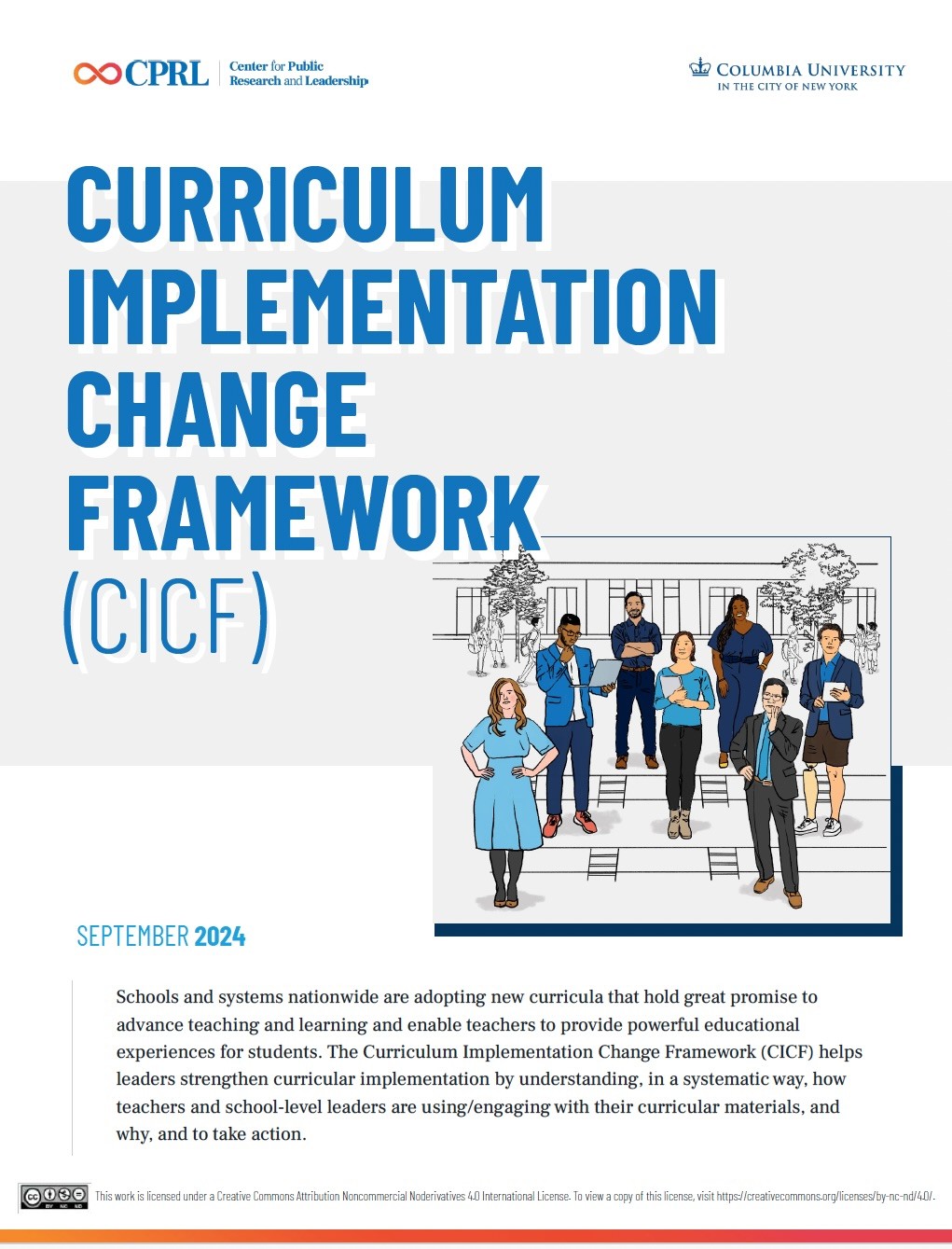
Adopting and effectively implementing a new curriculum is a complex and deeply personal change process. The Curriculum Implementation Change Framework helps curriculum implementation leaders systematically understand how and why curricular materials are being used so they can make strategic decisions about how to best support teachers.
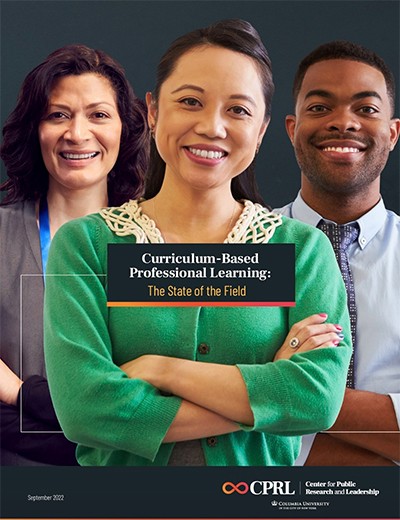
Our study of the state of the field of curriculum-based professional learning reveals that while the infrastructure and field-level agenda are fairly well-developed, the actors, knowledge base, and resources require focused attention for the field to reach its potential for impact.

In this examination of the policies and practices at play in implementing high-quality instructional materials (HQIM) in Delaware, we learn how leaders at the state, district, and school levels can create the infrastructure, systems, practices, supports, and community needed to provide rigorous and affirming learning experiences for each and every child.
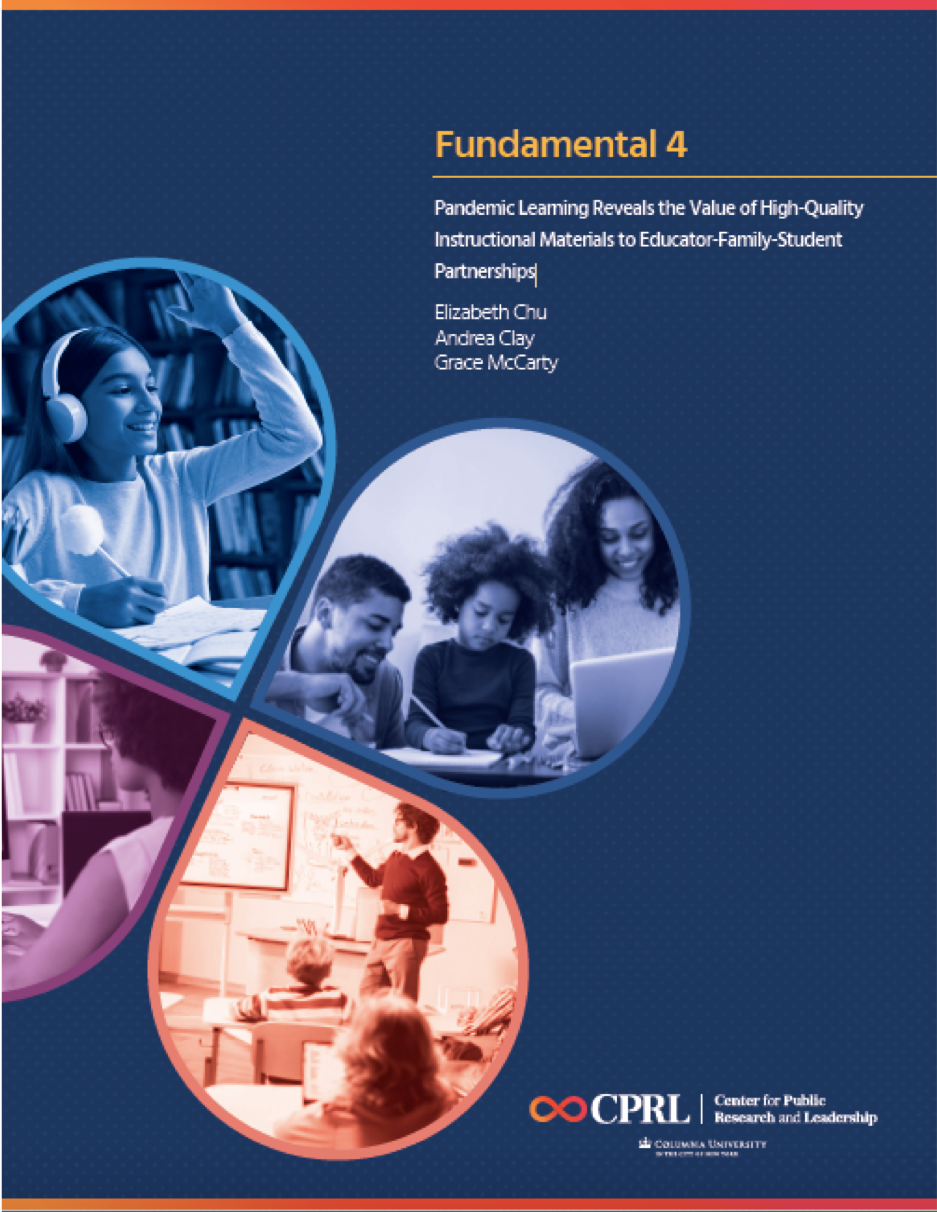
After the COVID-19 pandemic disrupted PK-12 schools, some school systems emerged with a new understanding of the instructional core, based on relationships among teachers, students, instructional materials, and families. Our research examines how some leaders are leveraging high-quality instructional materials to coordinate academic co-production among the four anchors of the core; sustaining aligned professional learning; and creating structures for families, teachers, and students to design, monitor, and improve student learning experiences.
Reimagining the educator workforce
From developing systems for increasing educator diversity to redesigning educator preparation programs and teacher certification policies, we partner with state and local education leaders and advocates to rethink how the teaching profession is governed.

To prepare students to live and work in a world that is constantly changing, students and teachers need modern classrooms that are flexible, iterative, individualized, and constantly improving. Teacher contracts are a frequently overlooked yet essential lever for achieving the transformation we need to do that. This report examines the challenges created by current contracting processes and explores approaches for enabling contract innovation that can lead to improved learning experiences and a stronger profession.
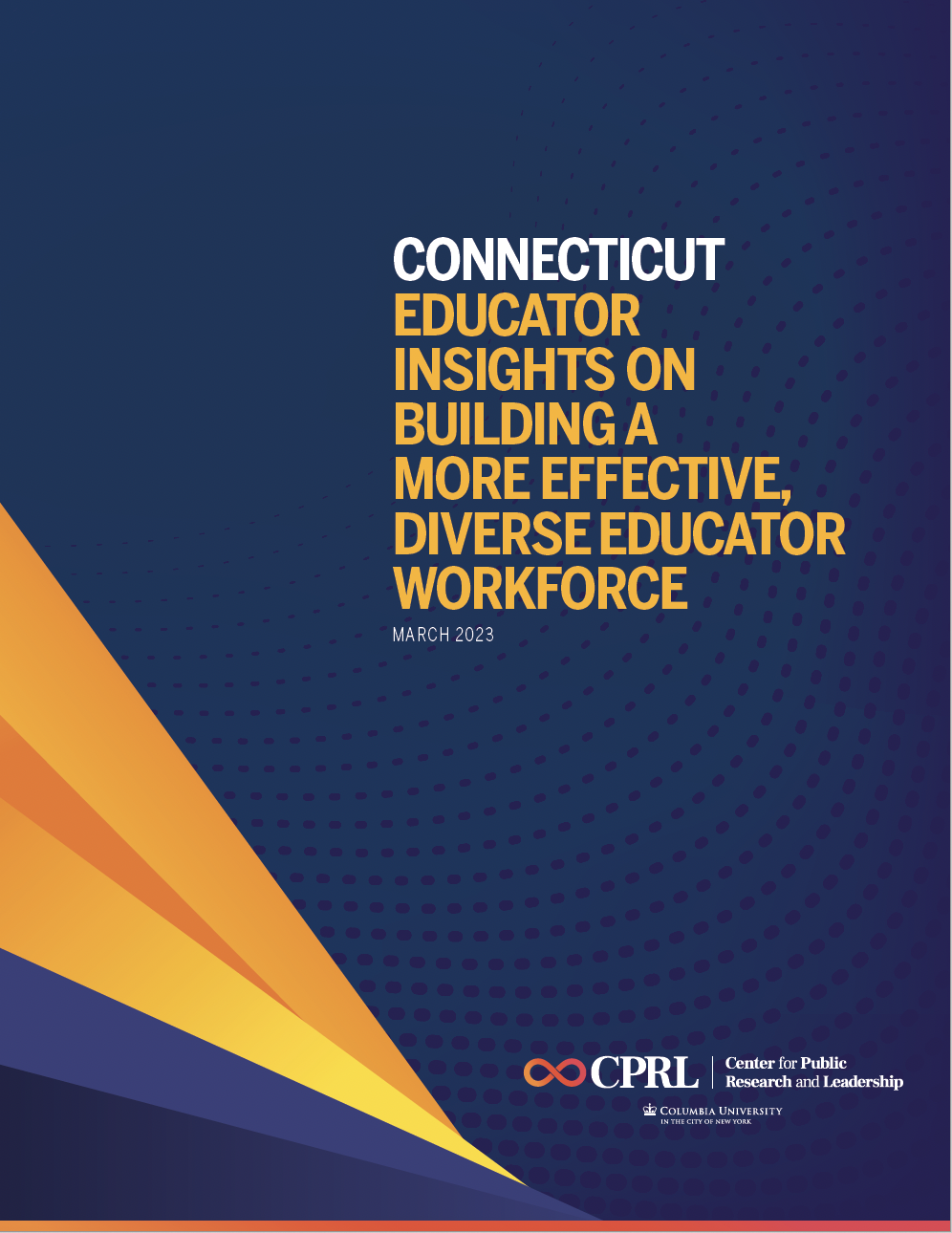
Concerned about the impact of staffing shortages on Connecticut schools – particularly those serving a high proportion of students living in poverty and Black and Latinx students – educators and administrators from across the state recommend changing the state’s educator preparation and certification process in ways that will help school systems fill vacancies with strong, effective educators who better reflect the diversity of their students.
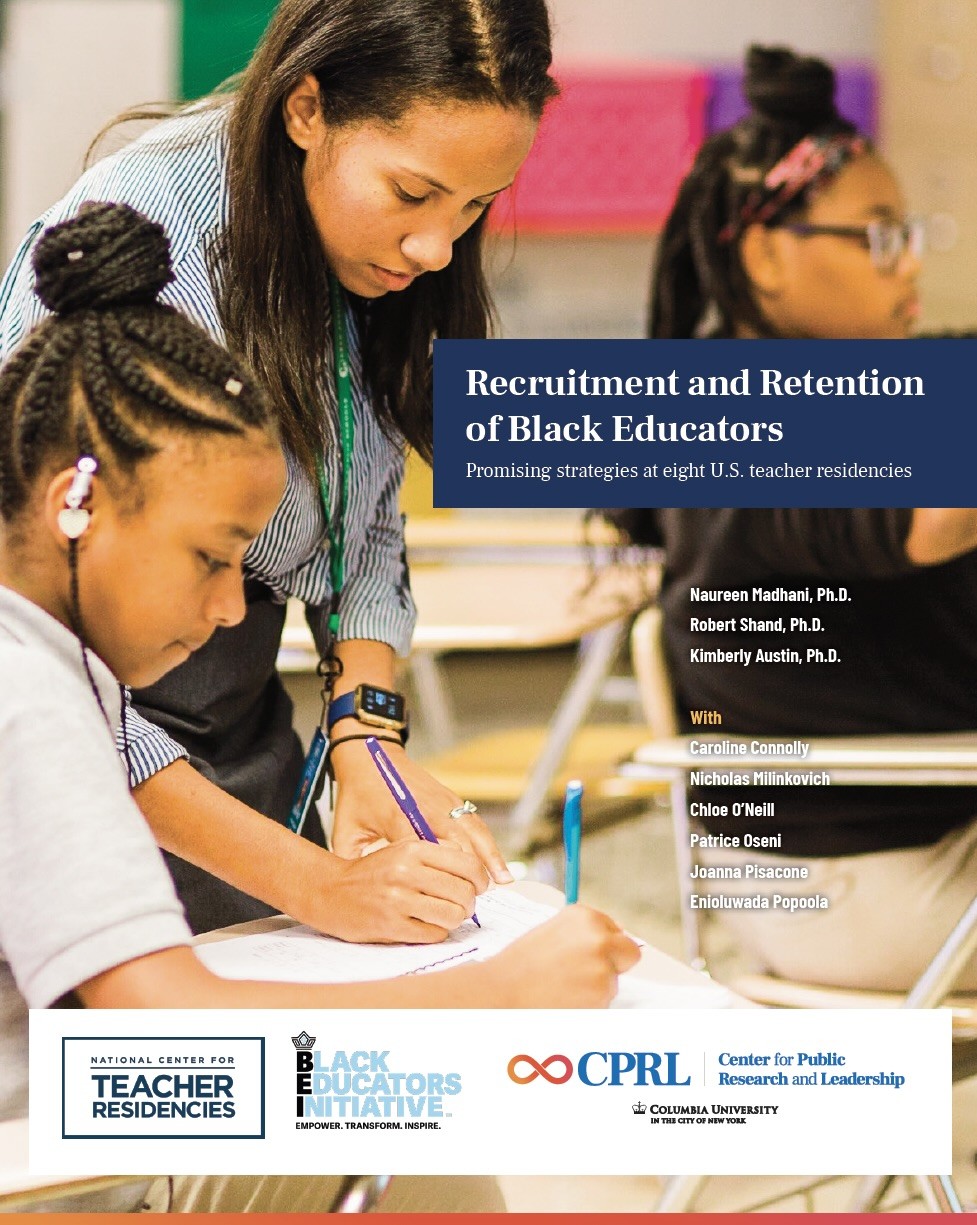
This formative evaluation of the National Center for Teacher Residencies' Black Educators Initiative identifies promising strategies for recruiting and retaining Black educators. BEI recruits, prepares, and retains new Black teachers through a national Network of teacher residency programs and aims to improve outcomes for Black students in particular, and for all students generally, by increasing access to effective Black teachers.

CPRL examines the Great Oaks Foundation's strategic efforts to implement a more standardized fellowship program to strengthen its impact on tutors, students, and school communities as part of a school-wide high-dosage tutoring program. The report includes early, promising outcomes and directions for continued development.
Rewiring systems as participatory democracies
When leaders partner with their communities to co-discover, expose, take on, and transform a system’s flawed logic, people inside and outside the system can together produce a new logic that works for students, families, and communities. Building strong family-school connections that help improve learning experiences and achievement for every student is central to this work.
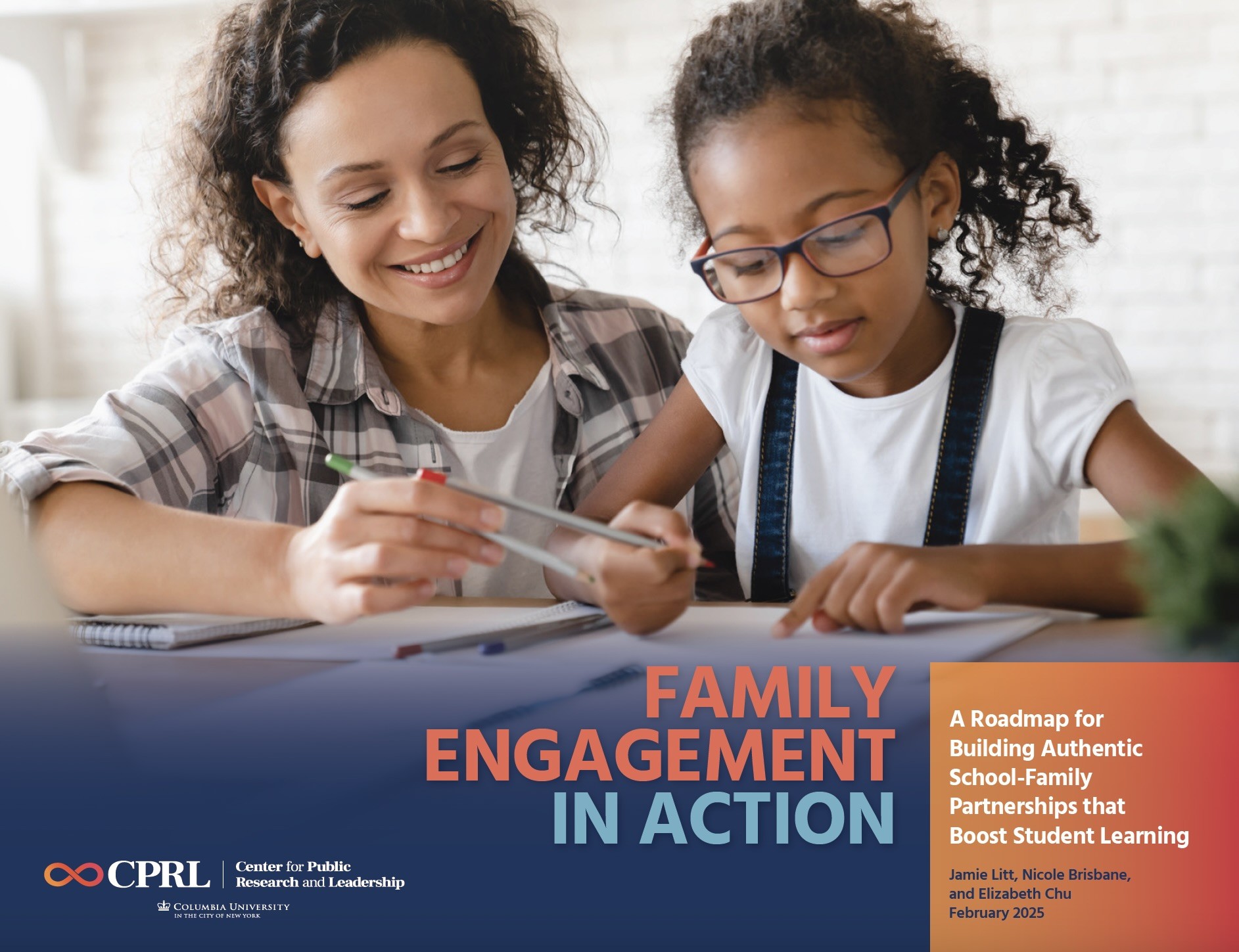
Grounded in the work of organizations serving diverse communities across the U.S., this report lays out an inclusive school-family partnership model for building family and educator capacity and providing space for families and educators to listen, learn, and codevelop, all in service of building responsive learning environments for students.
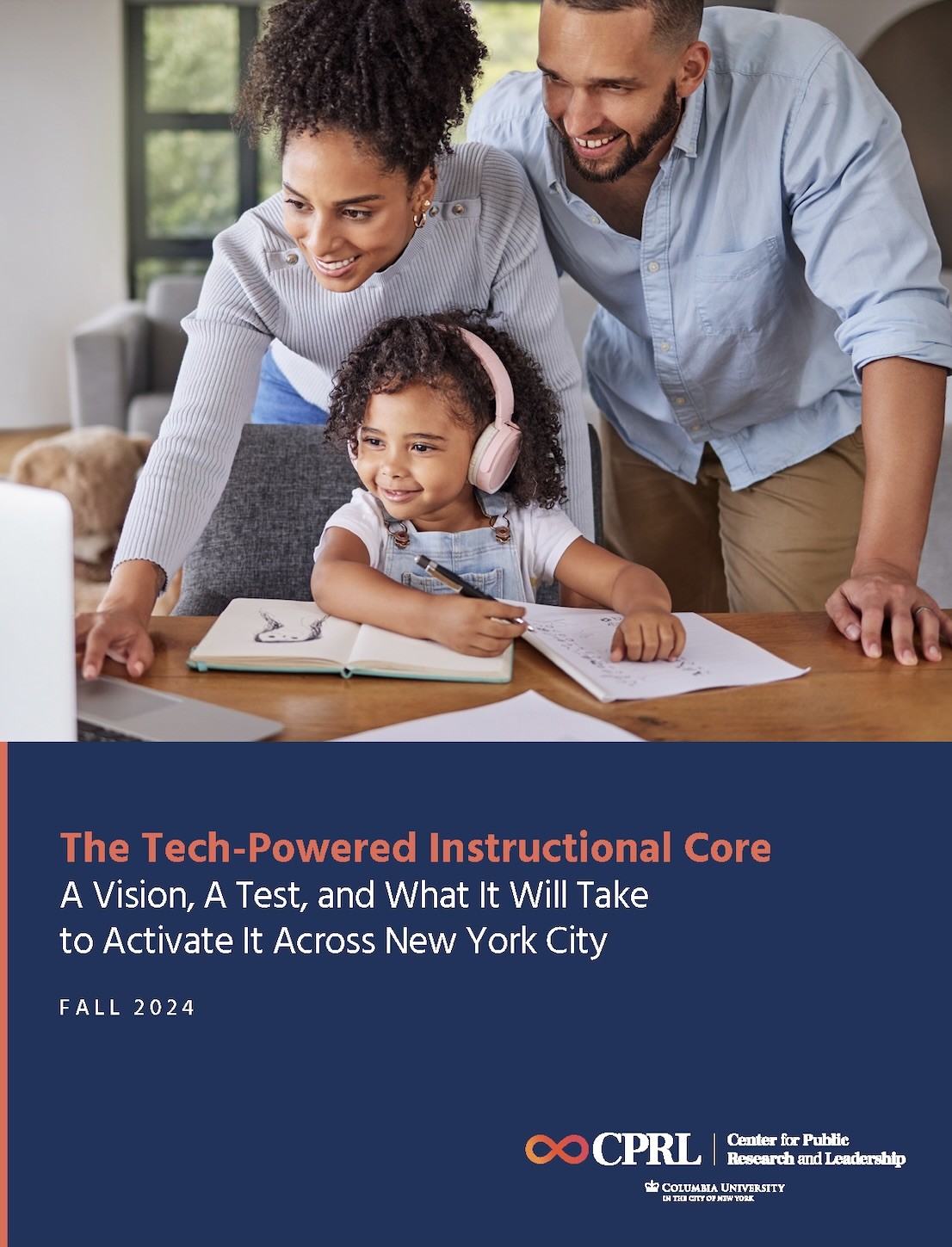
Over a year, CPRL convened 20+ New York City-based school system, school, and support organization leaders to design, test and measure new ways of activating the “tech-powered instructional core” – the interaction between educator, learner, family, and tech-infused instructional material that drives learning. This playbook captures their learnings and recommendations.
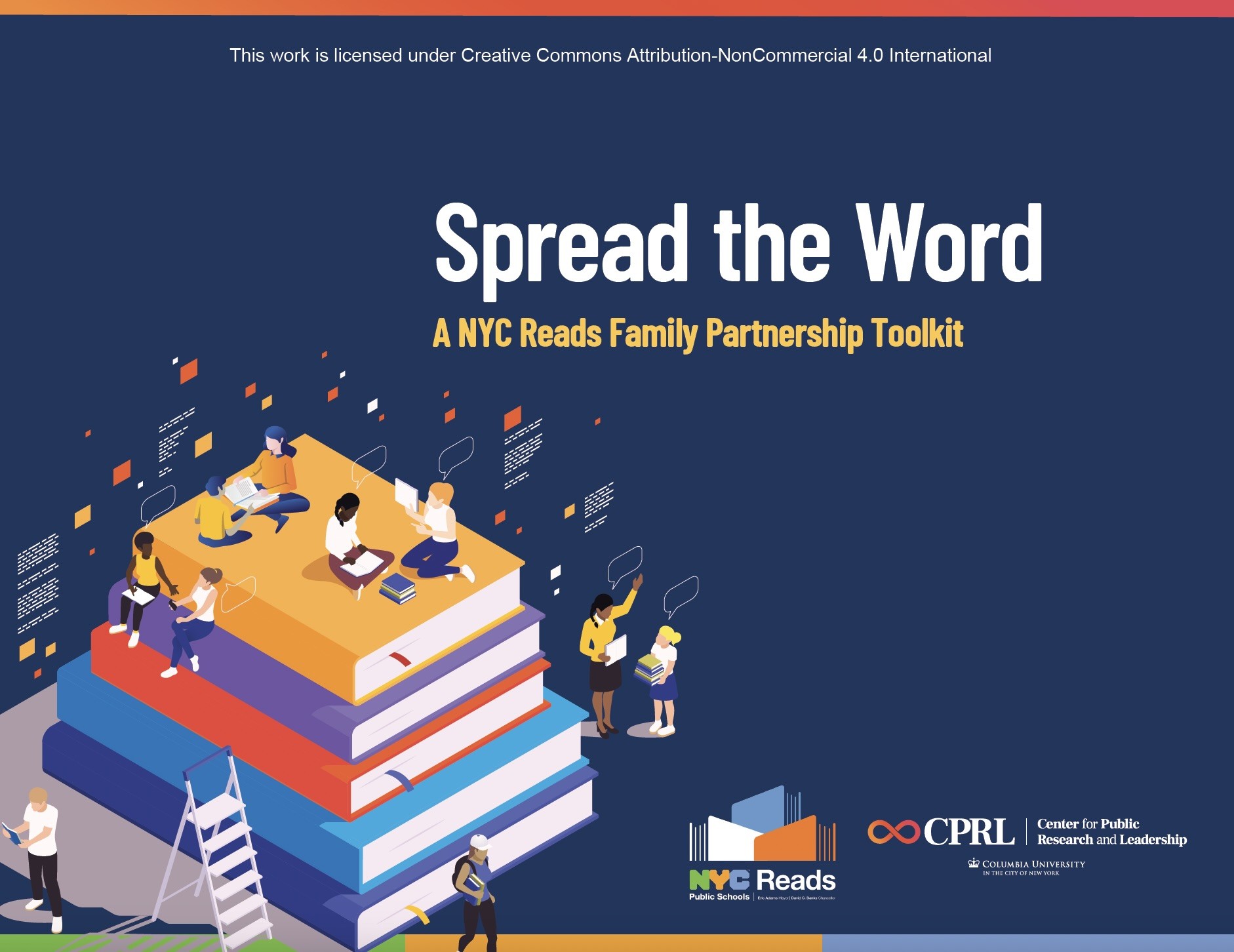
In an effort to help school leaders collaborate with families in the implementation of NYC Reads, NYC Public Schools' literacy initiative, CPRL and NYCPS developed "Spread the Word: A NYC Reads Family Partnership Toolkit." While specific to NYC, this tool offers valuable guidance for school leaders in any system.

After the COVID-19 pandemic disrupted PK-12 schools, some school systems emerged with a new understanding of the instructional core, based on relationships among teachers, students, instructional materials, and families. Our research examines how some leaders are leveraging high-quality instructional materials to coordinate academic co-production among the four anchors of the core; sustaining aligned professional learning; and creating structures for families, teachers, and students to design, monitor, and improve student learning experiences.
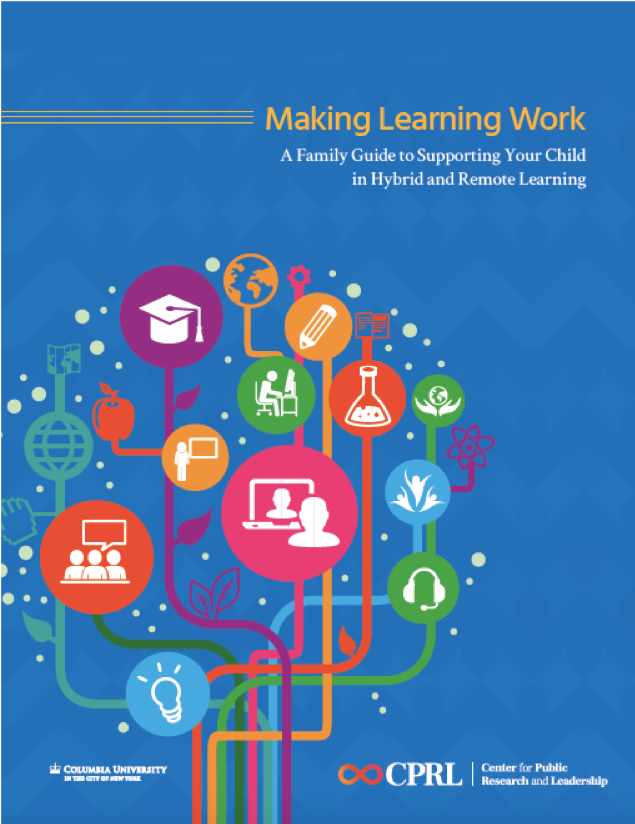
This resource is intended to help families support their children’s learning and growth. Materials are available in Spanish and include guidance for how to use these guides.
More systemwide innovation and transformation
On the school, system, and state levels, leaders are taking innovative approaches to dismantling inequities, and are seeing results. These reports offer valuable lessons for education leaders and policymakers seeking to transform public education.
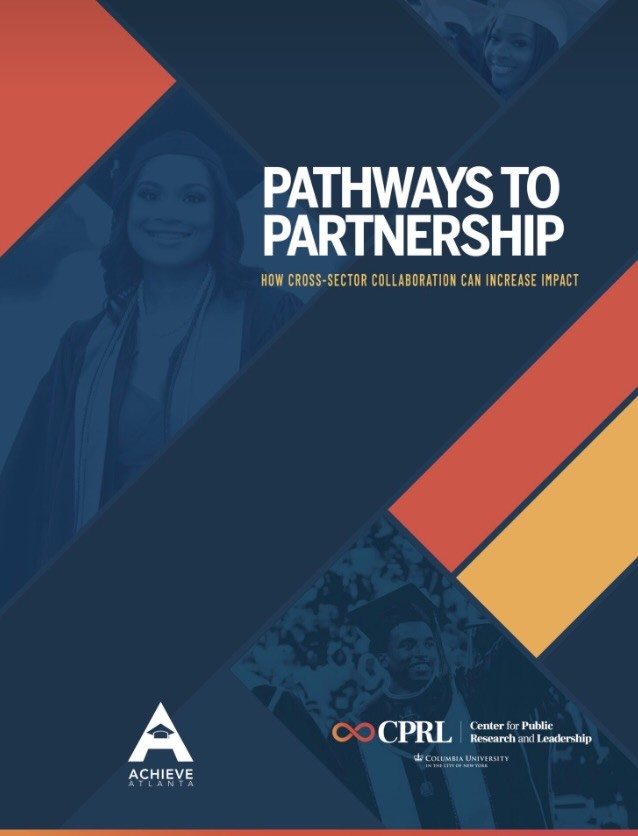
This case study of Achieve Atlanta's (AATL) cross-sector collaboration model explores AATL's work with college access, affordability, and success partners to achieve outcomes that can be challenging for one organization to accomplish alone. The study offers insights for organization leaders to consider when developing partnerships in their communities.
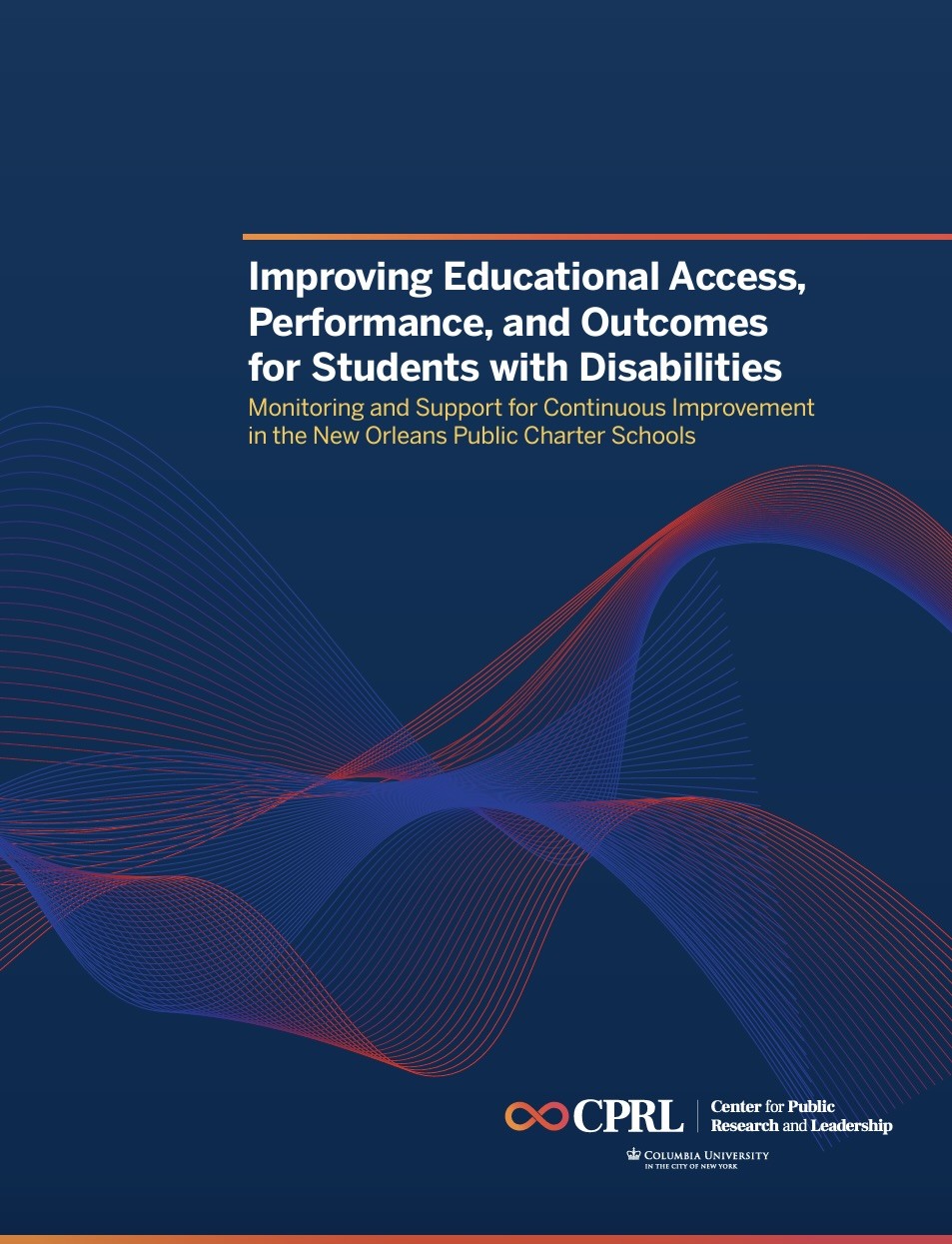
This report offers a comprehensive examination of state and district structures and processes for oversight and support of special education services in schools across the country. The research also examines structures in the Louisiana Department of Education and New Orleans Public Schools against effective practices in other states and districts around the U.S.
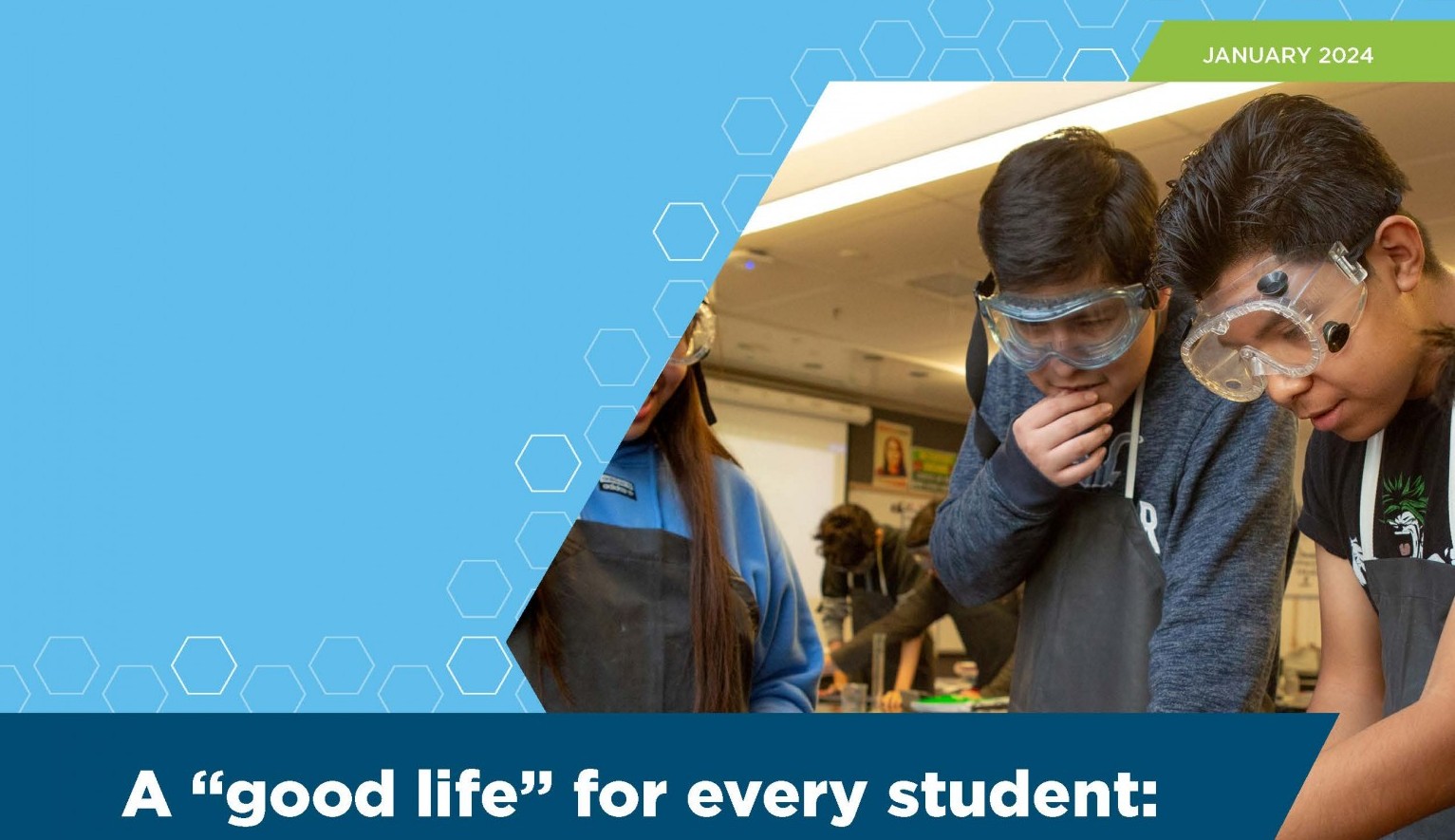
In this study of high schools in New England, CRPE and CPRL explore how lessons schools learned during the Covid-19 recovery period can contribute to more lasting, transformative shifts in high school that prepare young people not only for college or work, but to live a “good life” on their own terms.
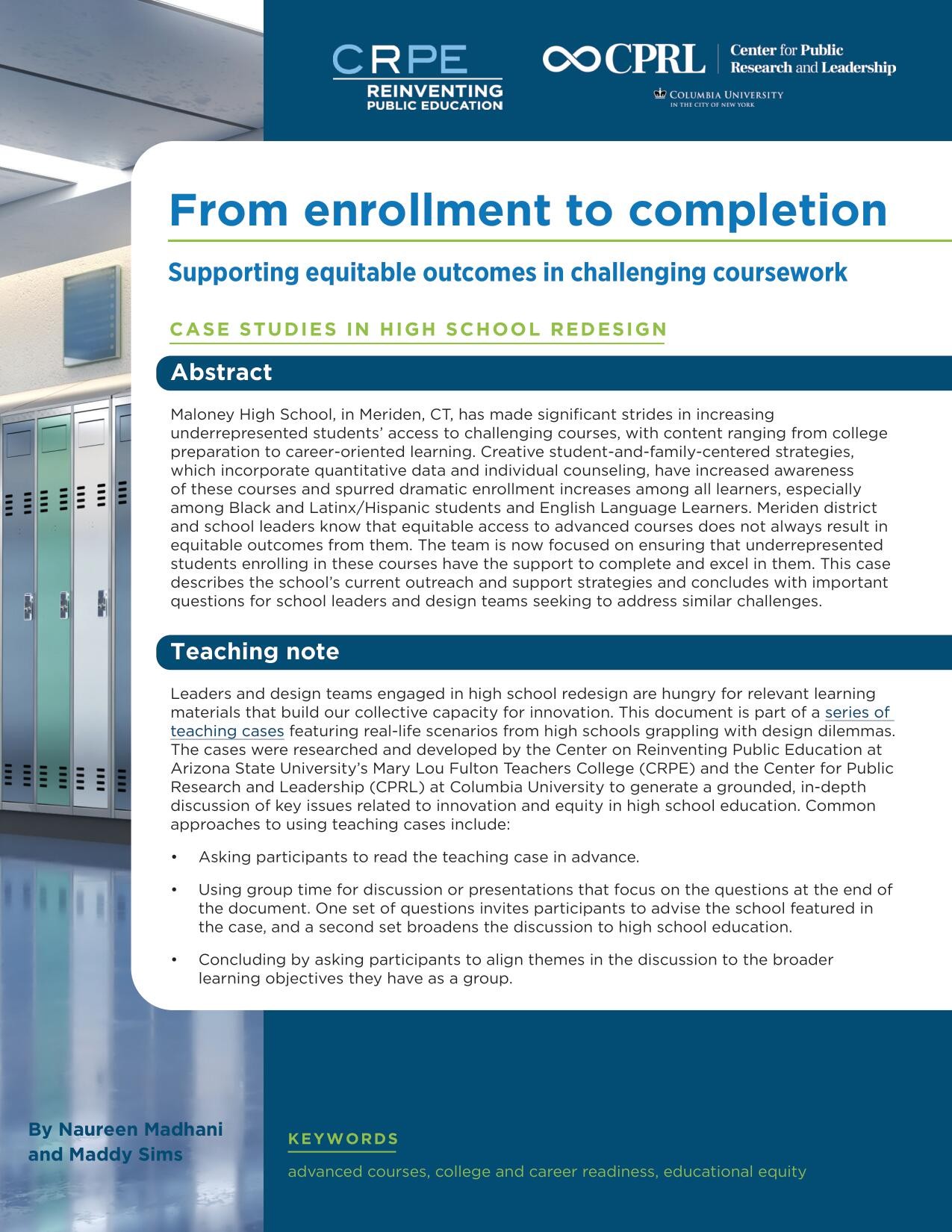
Educators nationwide are forging their way in a landscape shaped by pandemic-induced disruptions. These teaching case studies, created with the Center on Reinventing Public Education at Arizona State University, showcase the successes and challenges of high schools improving or redesigning the student experience and include in-depth discussions of key issues related to innovation and equity in high school education.
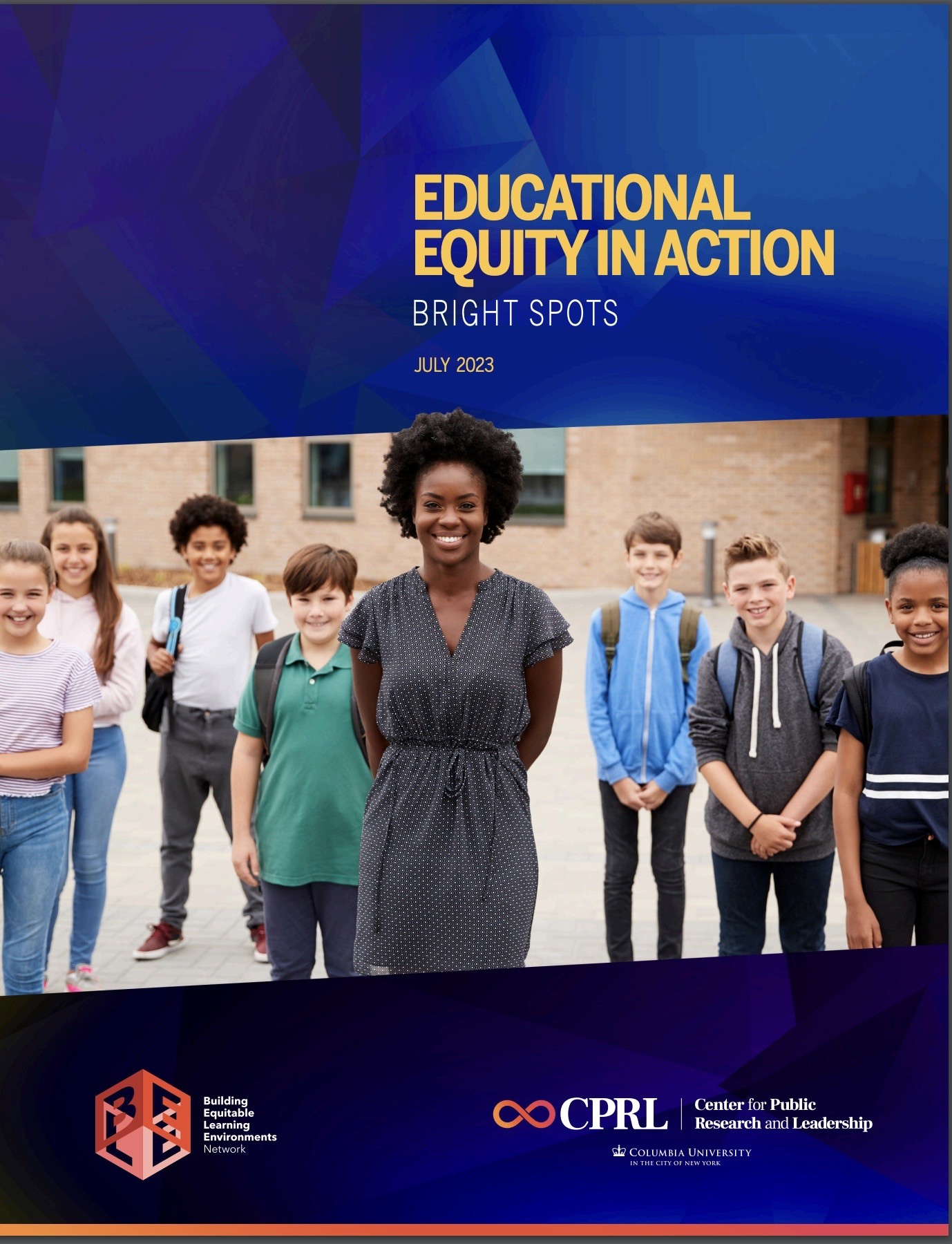
In this report, CPRL and the BELE Network tell stories of organizations and school systems that are embracing equity-oriented principles—grounding teaching and learning in the science of learning and development, leveraging approaches that anchor on the student experience, and harnessing the resources necessary to dismantle inequities—with promising effect.

CPRL and MarGrady Research examine the school enrollment system in Newark, New Jersey, and determine that Newark’s centralized enrollment system has improved access and equity for high-needs students. This report assesses the impact of Newark Enrolls, highlights strengths in its implementation, and identifies opportunities for continued improvement.
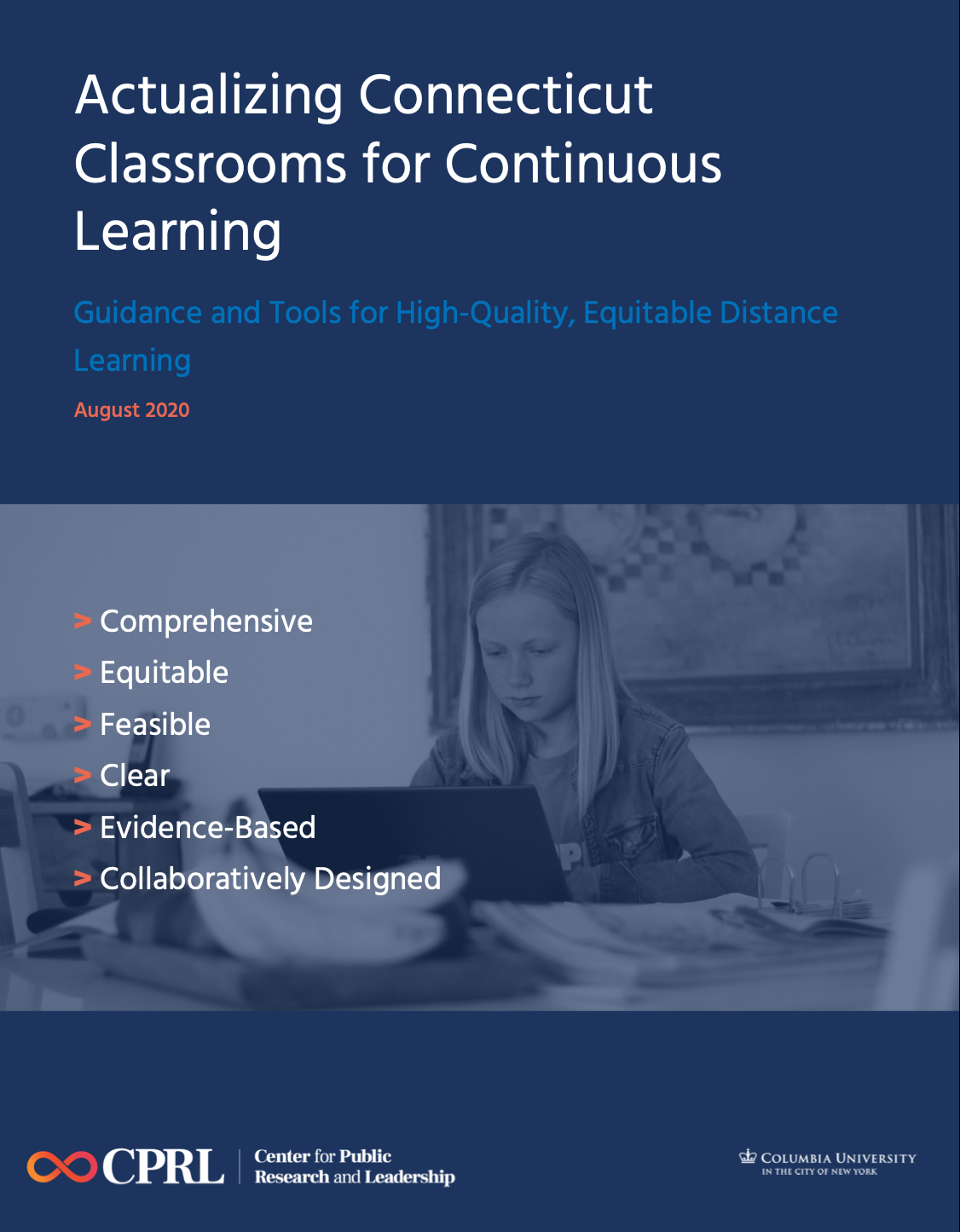
Created by CPRL in collaboration with the Connecticut State Department of Education, this guide supports districts in creating equitable, high-quality, and culturally responsive and sustaining remote learning available to all children, no matter what their home situation and their education and language needs. This resource draws on comprehensive research into how districts and schools met the challenges and opportunities posed by the spring 2020 transition to remote learning.
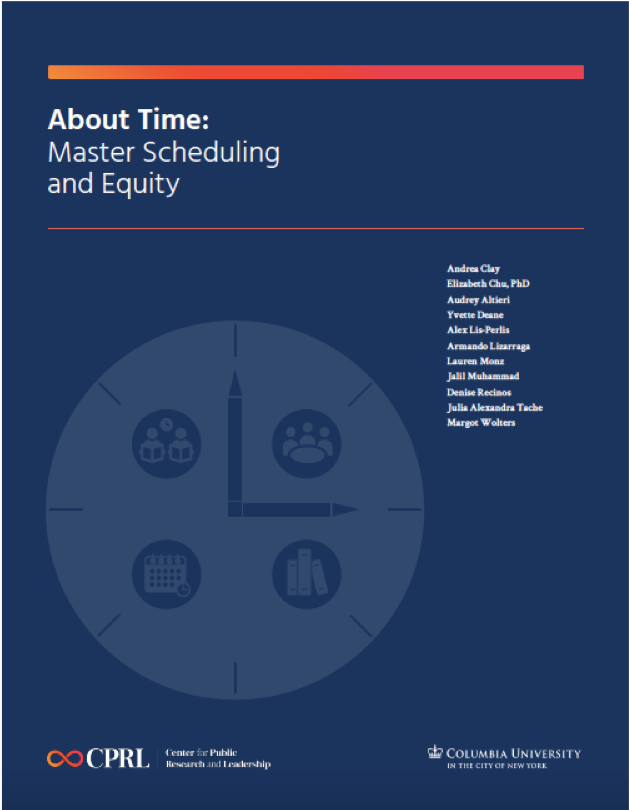
The sudden shift to remote learning unsettled long-held assumptions about school day structures and the scheduling process. Instead of viewing master scheduling as a technical task, more schools and districts now view it as part of a strategy to address inequity. Drawing on experiences of principals, schedulers, and programmers, this report establishes a case for a more equity-focused, strategic approach to master scheduling.
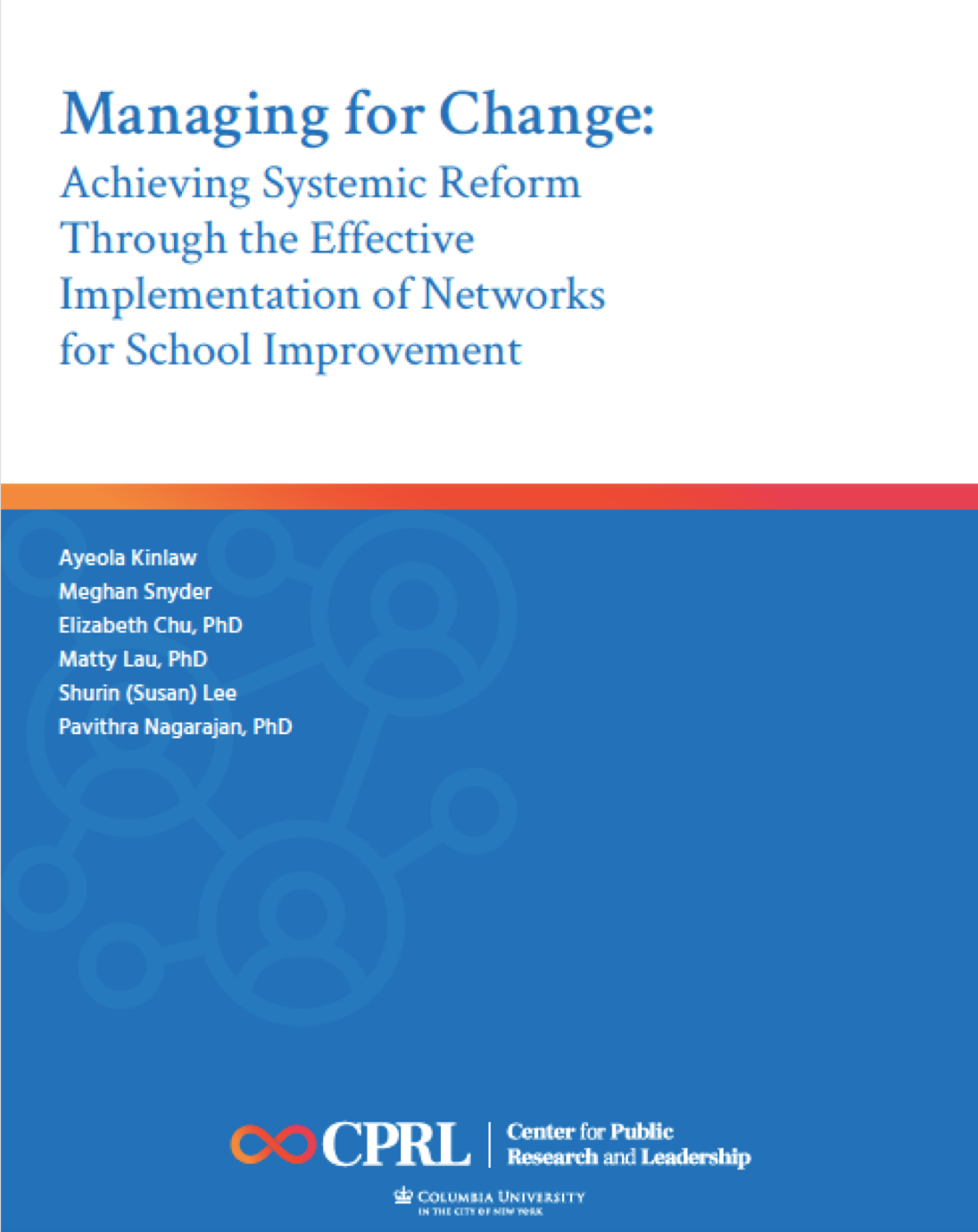
In this two-year formative evaluation of the Networks for School Improvement (NSI), a Bill & Melinda Gates Foundation initiative, we found that NSIs have great potential to improve academic and college access outcomes for marginalized students.
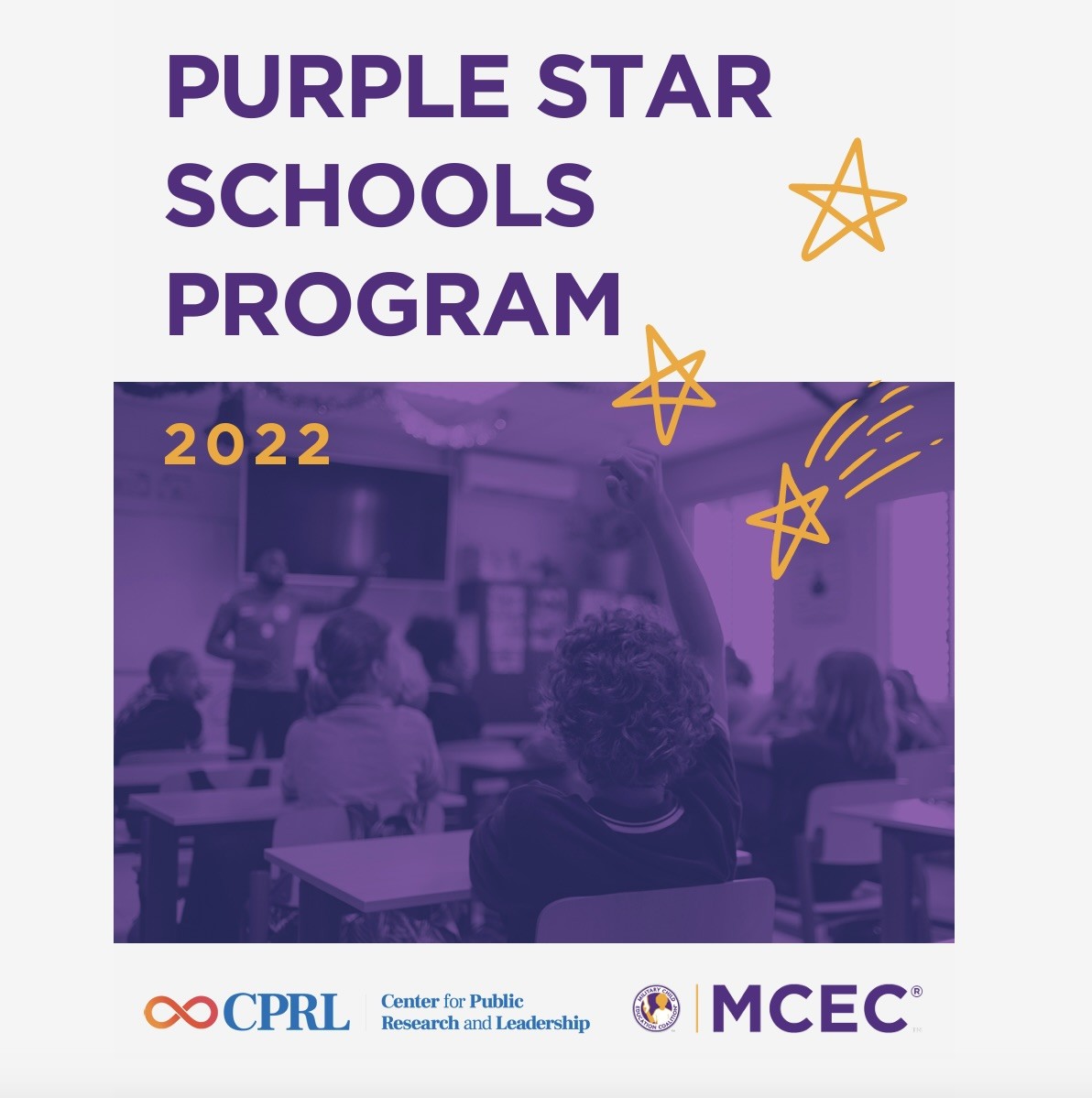
Military-connected students have distinct educational experiences. The Purple Star Schools (PSS) program, an initiative adopted in numerous states that sets standards to designate military-friendly schools, is designed to help mitigate the unique academic and socio-emotional challenges faced by military-connected students and their families. This report examines how the program has been implemented and evolved over time and how stakeholders have worked to ensure rigor and sustainability.

